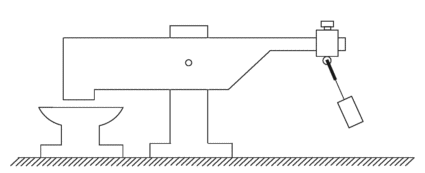Originally posted by OrionLightShip
View Post
 No. I edited that post to include a comma, it reads better now, I could add
No. I edited that post to include a comma, it reads better now, I could addthe word "then" before "we" so it would read, "If we define our terms like I did
above to define what I think unity is in this case, then we can see each others
argument better."
I never said the O word.
The same would go for any height it returned to if it could be caught at the peak of the rise.
at after one bounce is the efficiency of the ball for bouncing.
Hugging is Unity,
 See.
See.Cheers

 To claim that I am saying that is only further proof that what I say about your and your interpretation is correct.
To claim that I am saying that is only further proof that what I say about your and your interpretation is correct. icon!
icon!  I'd put a clown or circus icon but I don't have one.
I'd put a clown or circus icon but I don't have one. 


 cemf is still lenz's law and is not the spike.
cemf is still lenz's law and is not the spike. 
Comment